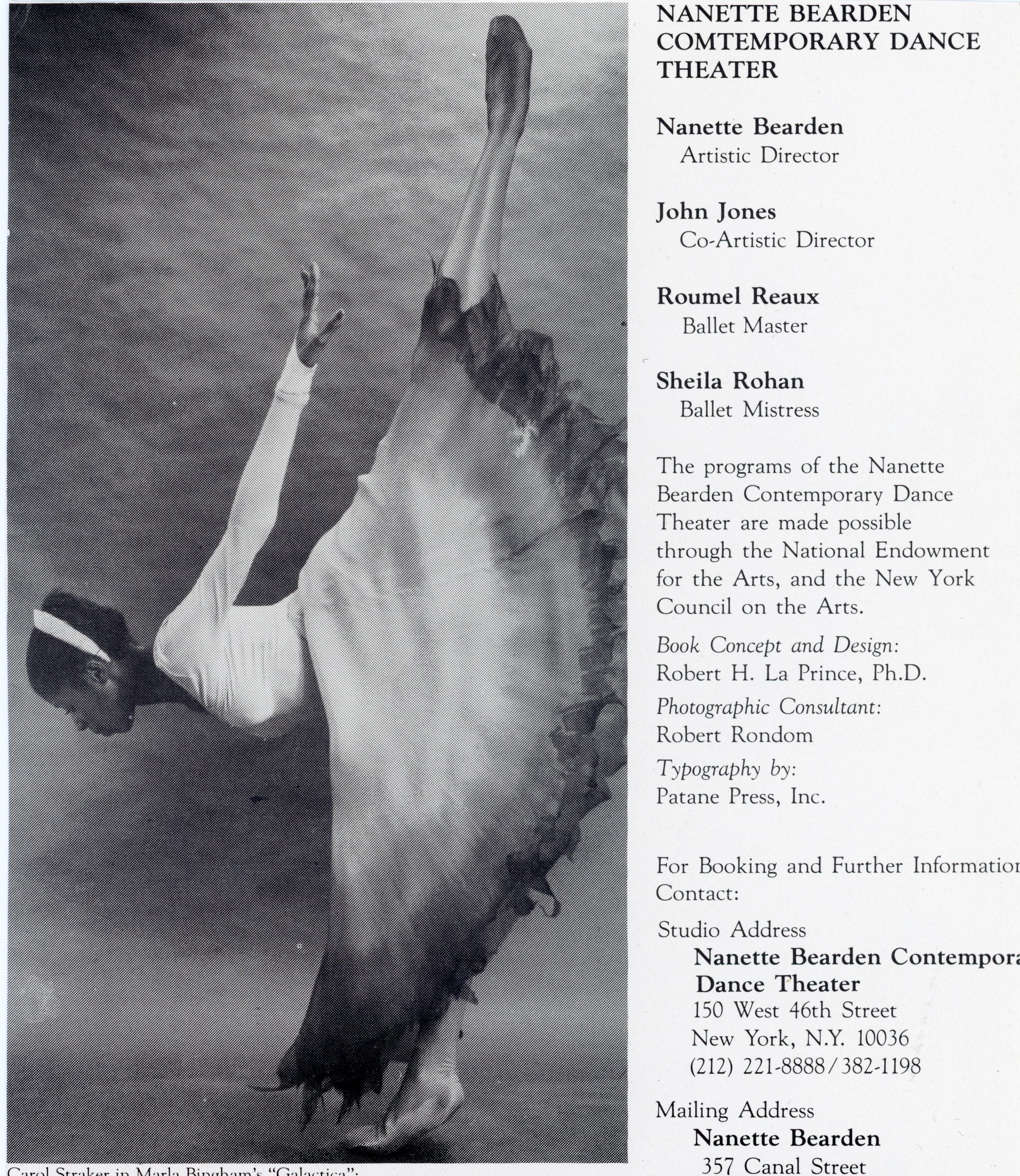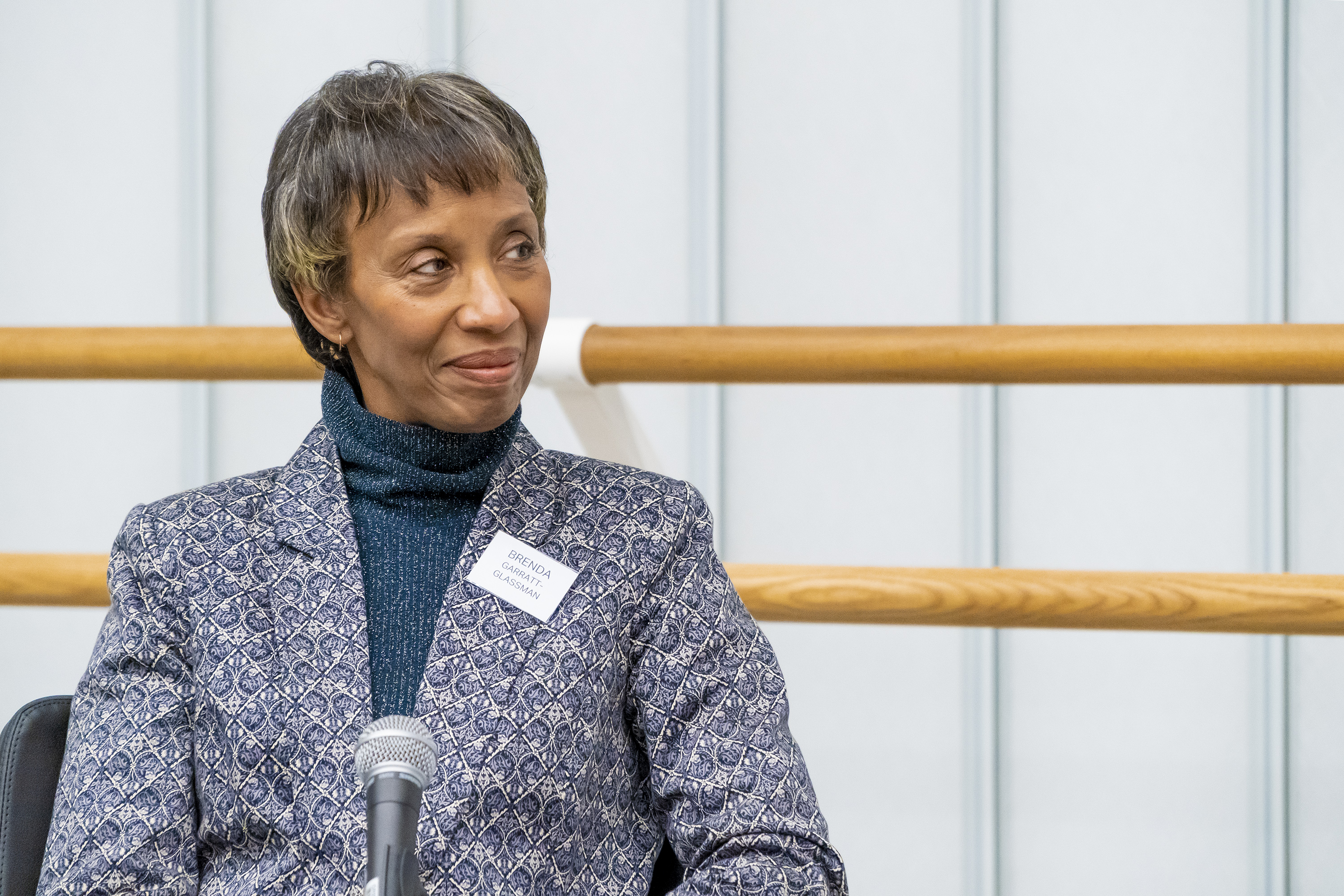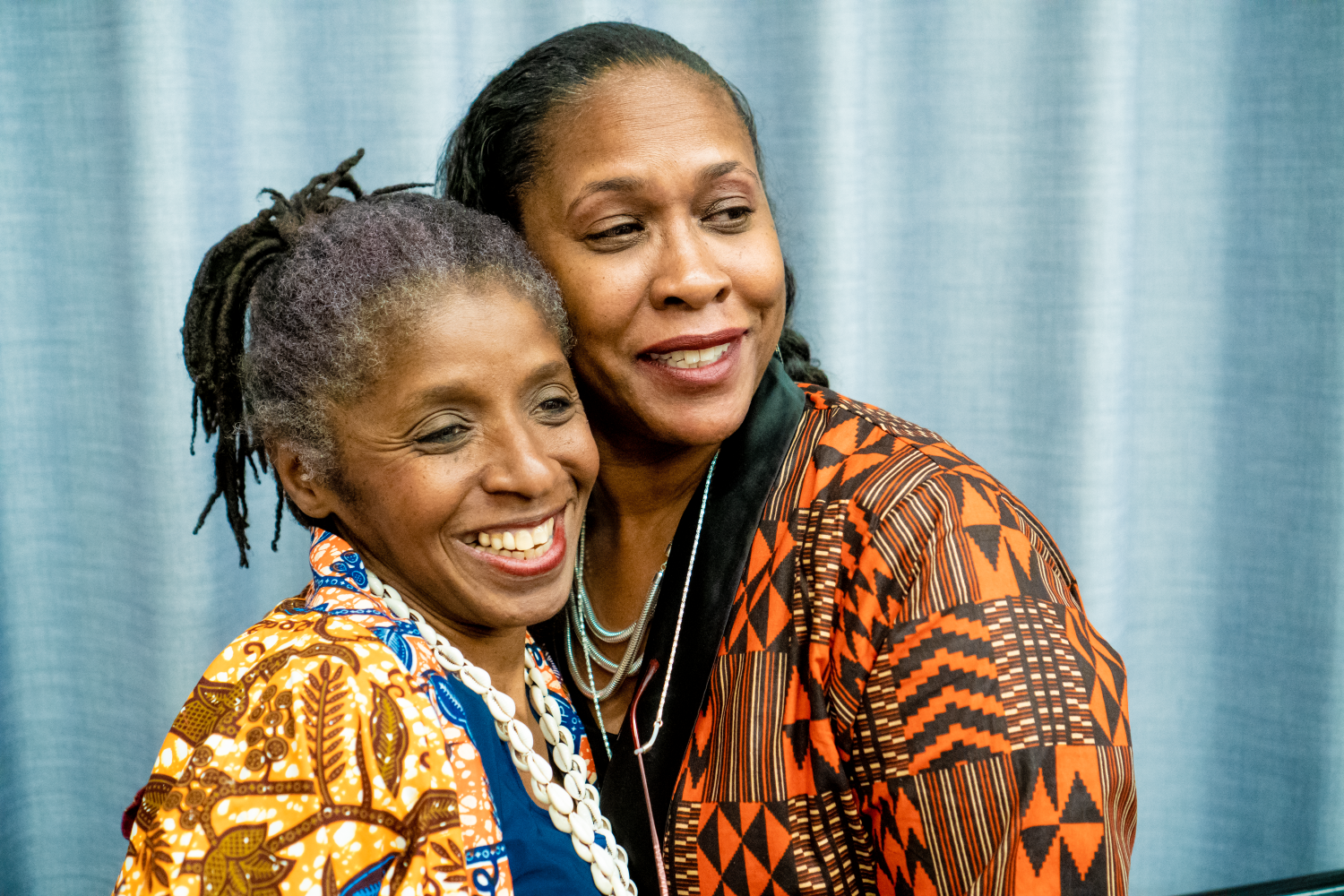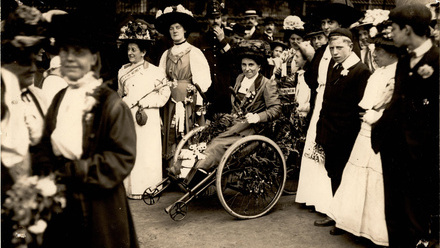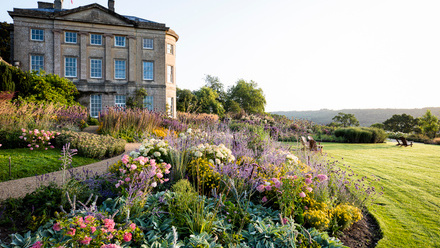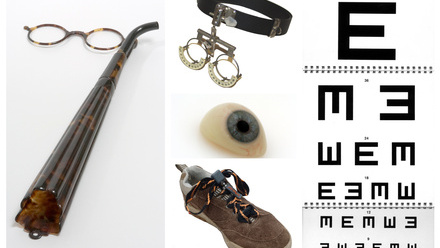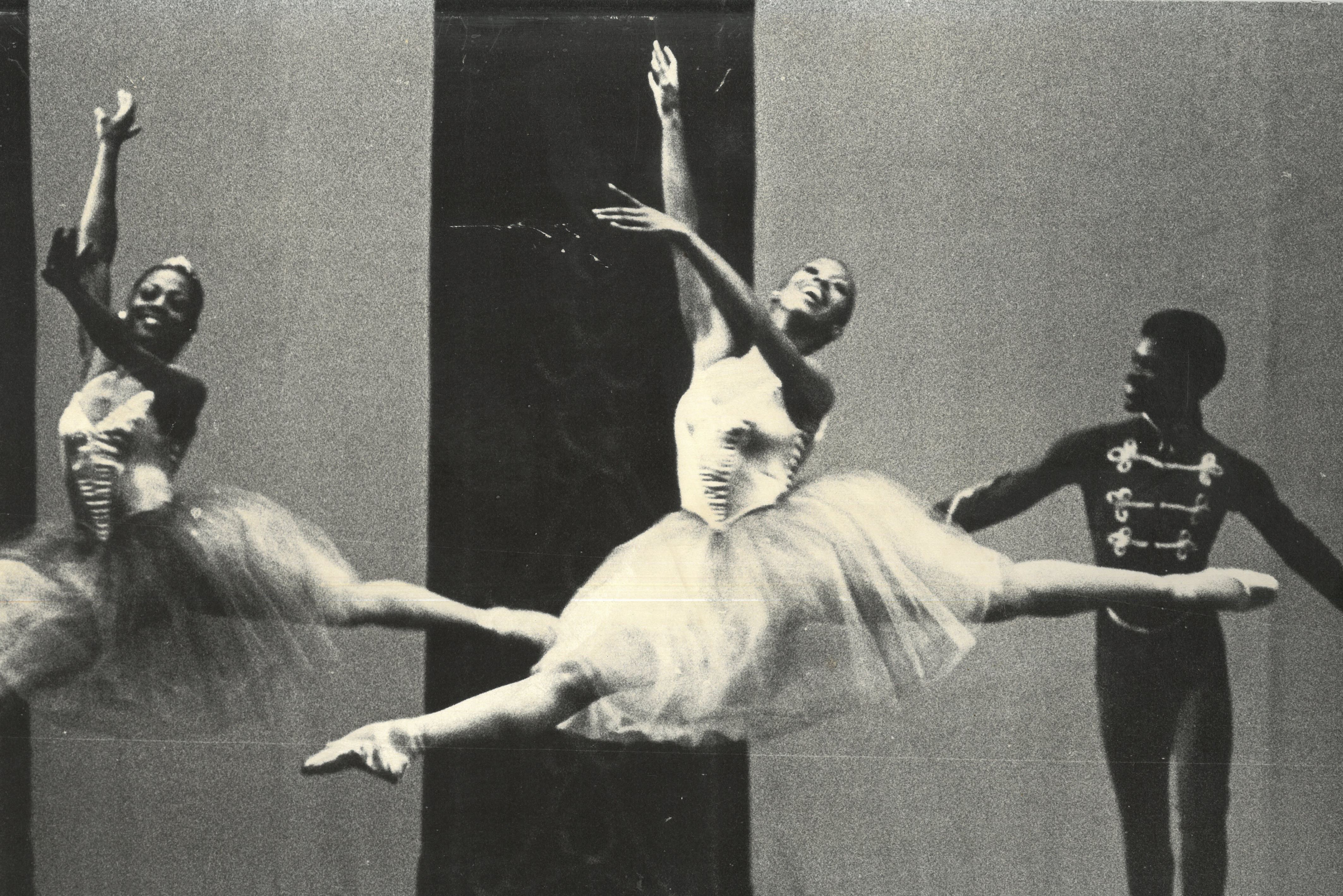
Welcome to Black British Ballet
The Black British Ballet project aims to fundamentally change the way that ballet is perceived and operates in Britain. After completing my PhD in 2017, I toured the country speaking about our Black British ballet pioneers from the last century. I have been continually struck by the absence of knowledge about these dancers and all that they achieved among academics and the ballet world.
Some of our dancers' stories
Brenda Garratt-Glassman
Brenda was the first Black female student at the Royal Ballet Upper School, where she studied from 1970 to 1972. The daughter of Windrush immigrants from Guyana, Brenda was told that while she was talented enough to train, she would never get a job with The Royal Ballet Company because she was ‘coloured’. So she joined Dance Theatre of Harlem in New York after her training and became a Soloist in the company from 1973-1977.
Patrick Williams
Dr Patrick Williams was born in England, with a Trinidadian father and a Welsh mother. He auditioned for the Royal Ballet School in 1965 but he was rejected because they did not train ‘coloured’ ‘children. This didn’t stop him from wanting to pursue a career in ballet even though he had no professional training.
Carol Straker
Carol trained at the Legat School of Russian Ballet in the 1970s, a boarding school in East Sussex where she was the first and only Black student. While she was training, her parents took her to see Dance Theatre of Harlem perform, and she was inspired to join the company.
Who is Oxygen Arts?
Oxygen Arts is a social enterprise that specialises in targeting and working with diverse communities. We’re based in Lambeth, South London and have completed a number of film and photography projects with young people in our local community.
Clovis, Marsha and I are all directors of the company and have spoken for years about the importance of telling these dancers stories in a way that more people could access. Their lives are fascinating and we really felt that people outside of the dance world would want to hear them and that people within it REALLY needed to hear them.
Images courtesy of Oxygen Arts.
Find out more
- Black British Ballet
- Oxygen Arts
- Follow Black British Ballet on Instagram
- Follow Black British Ballet on Linked in
- Inspire: Culture, Learning, Libraries – Explore more events on offer in Nottinghamshire, where this talk was held over Heritage Open Days, and a series of Black British Ballet workshops and discussions are currently being held.

